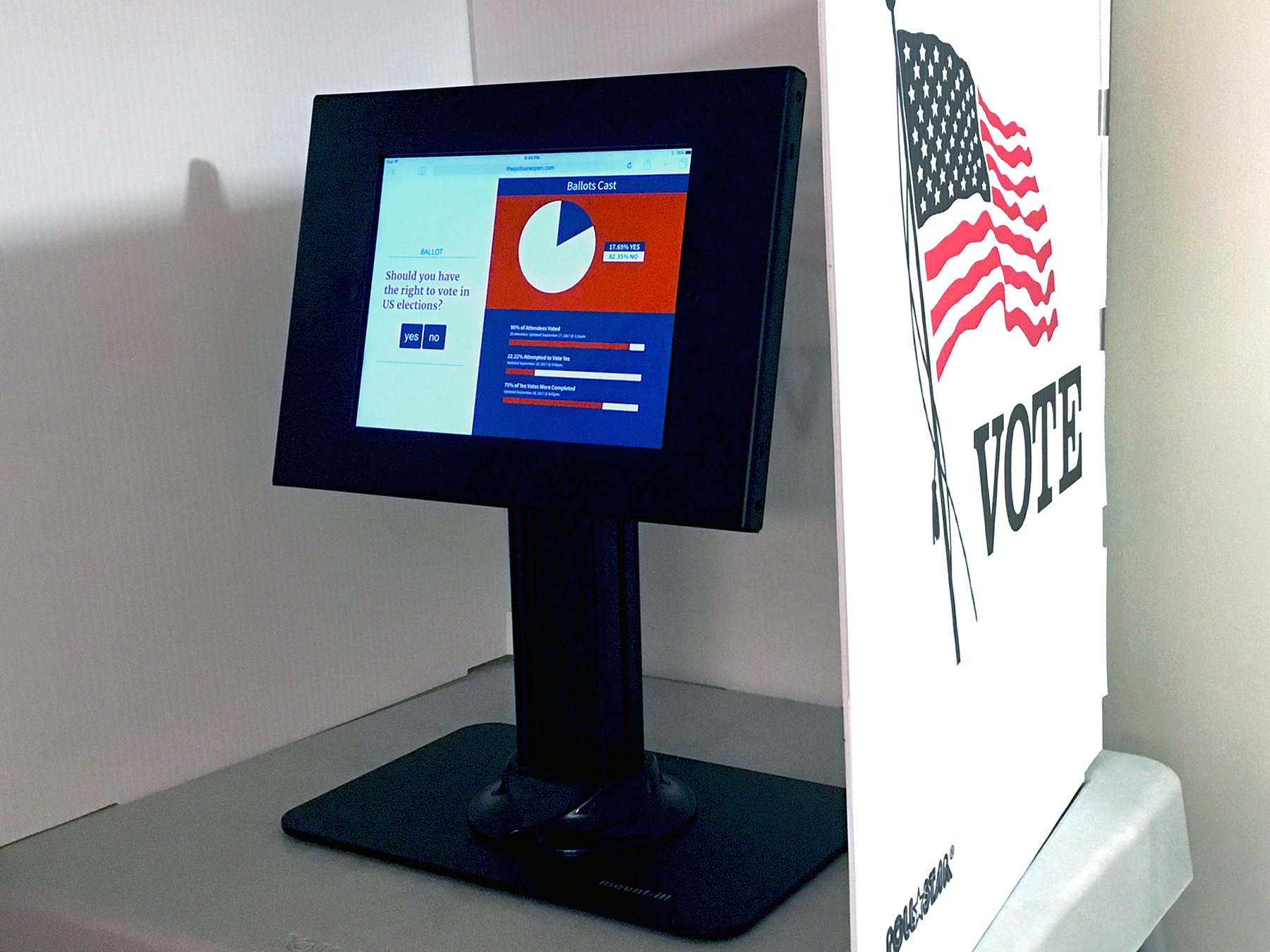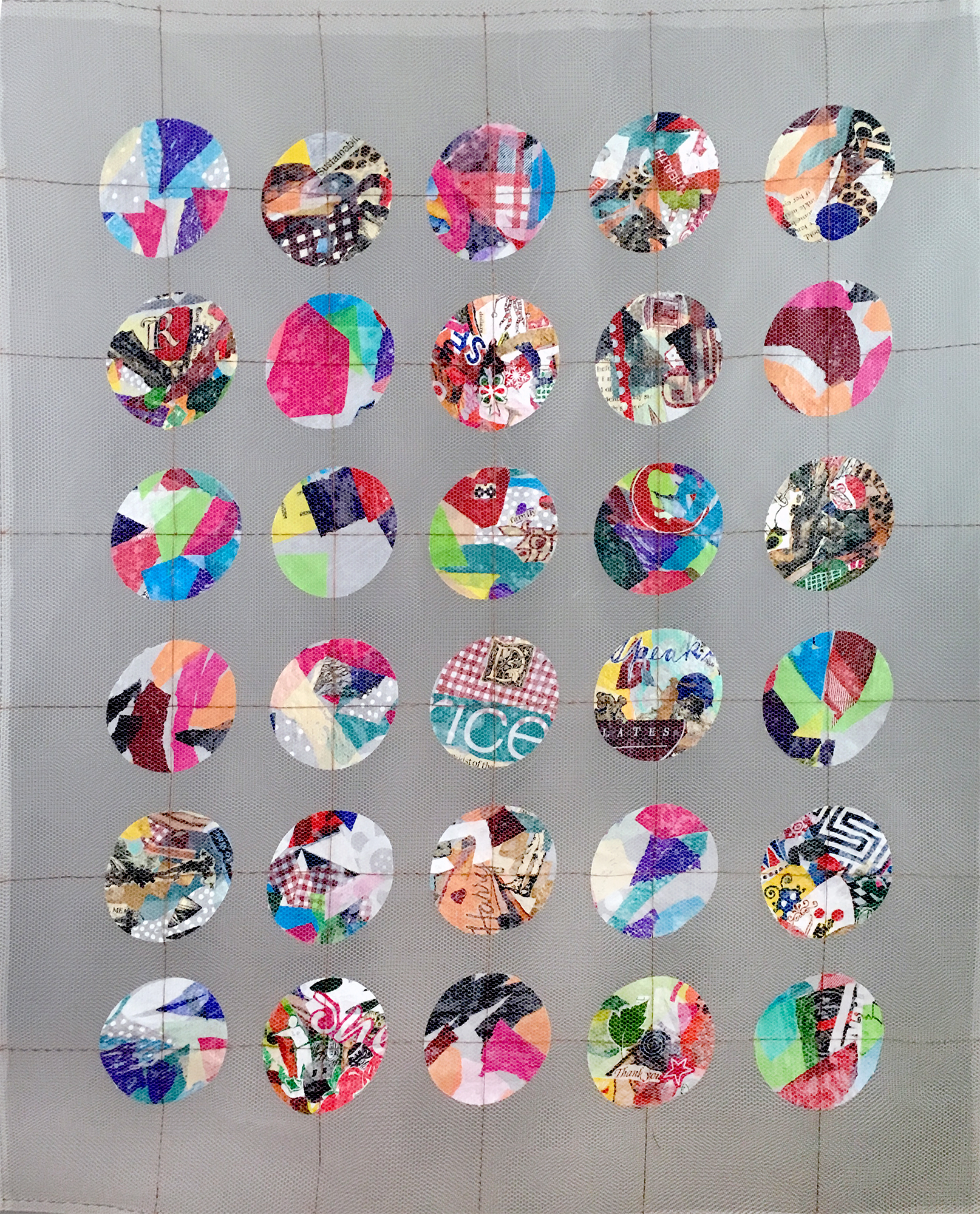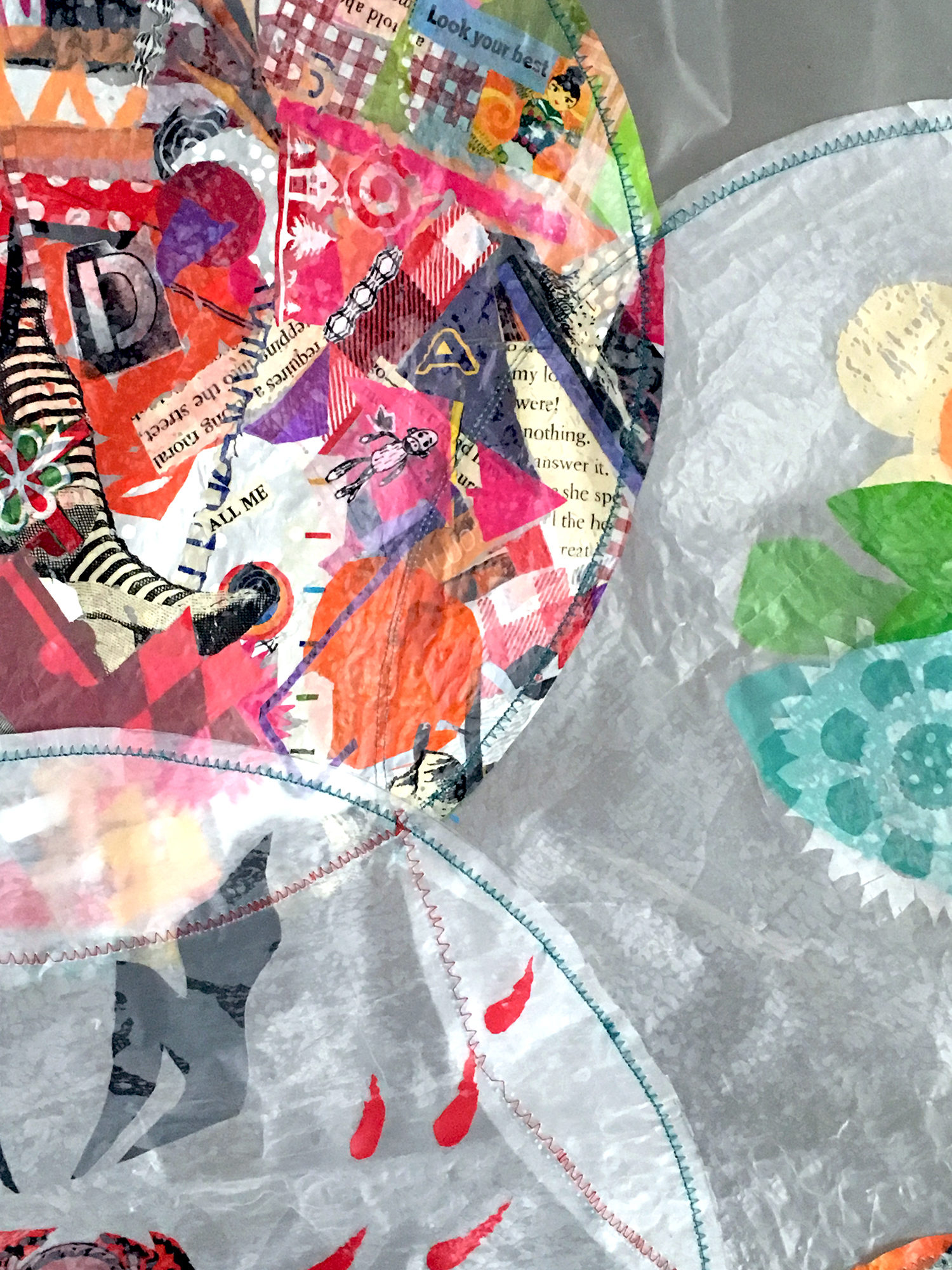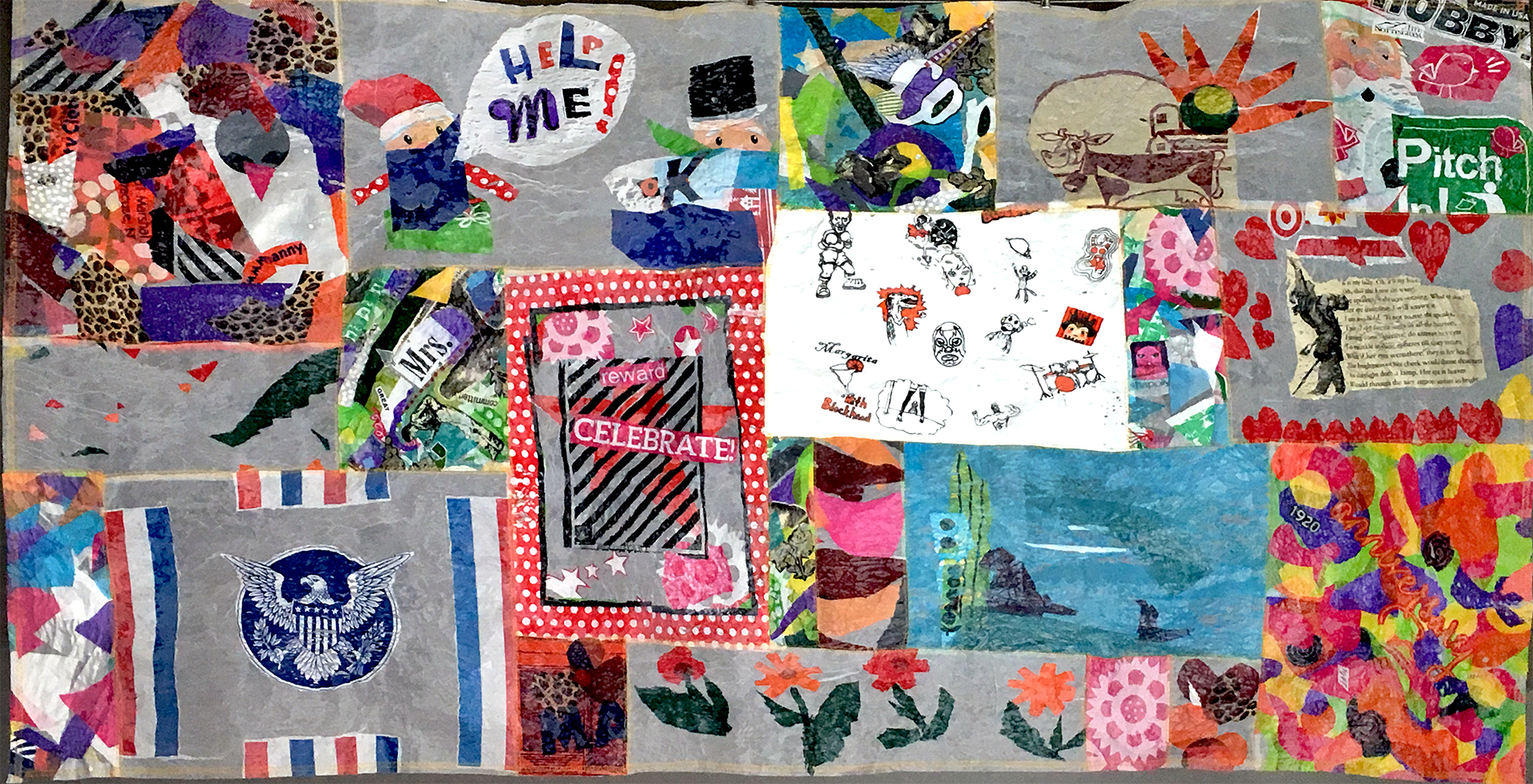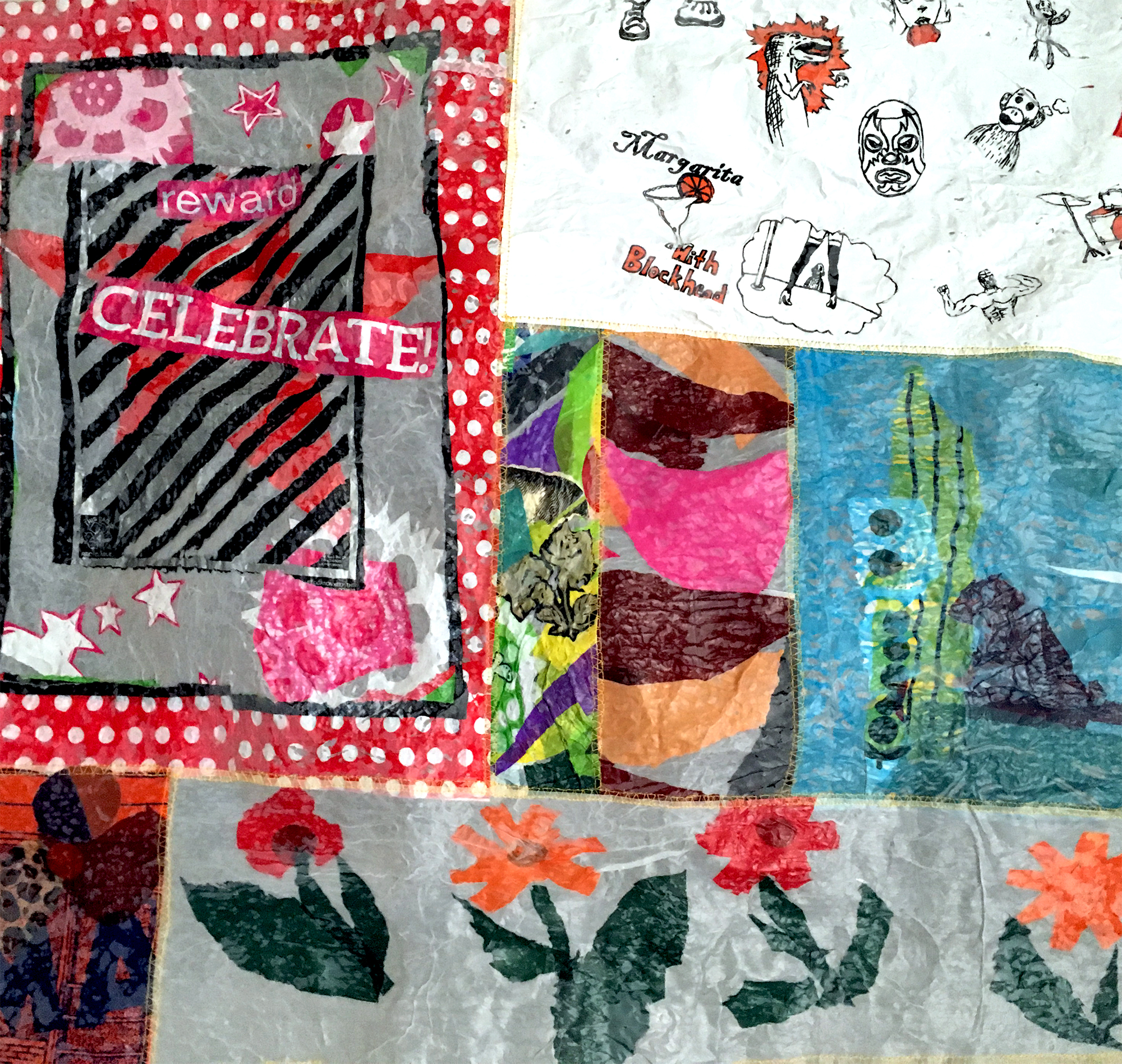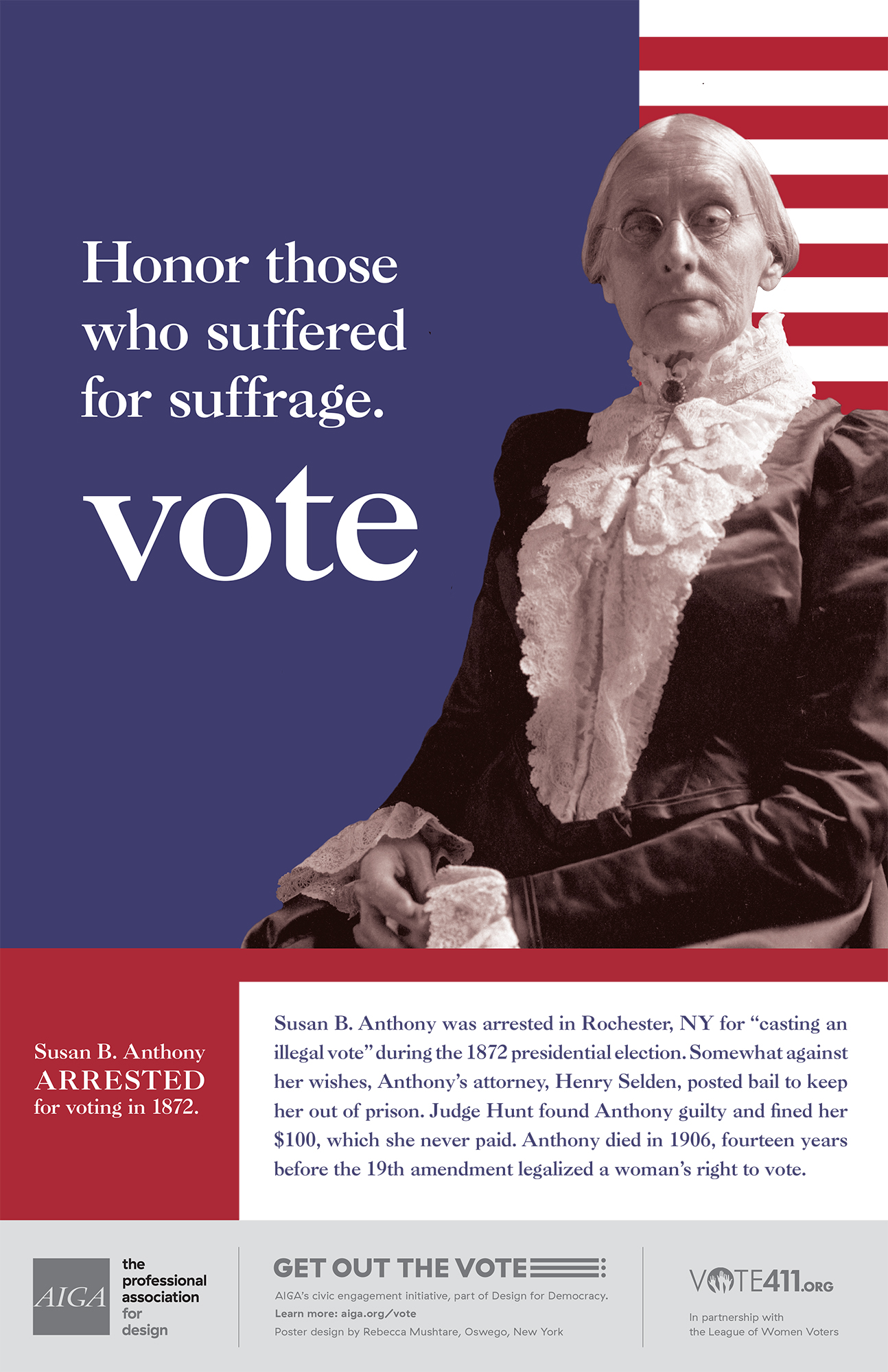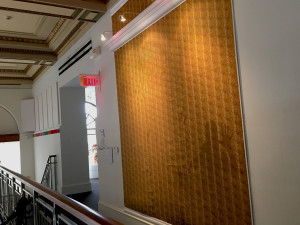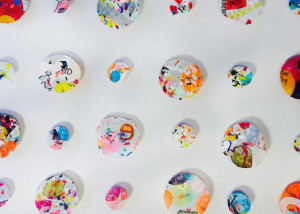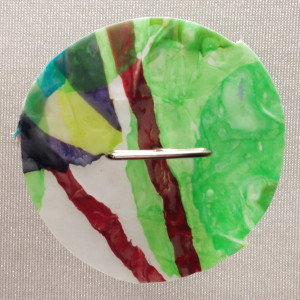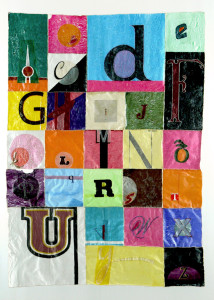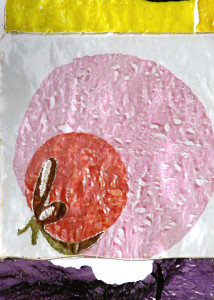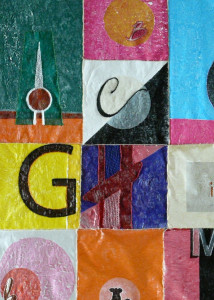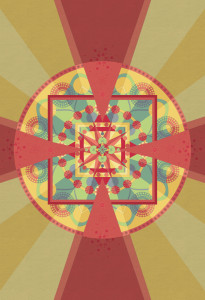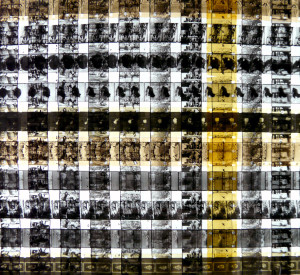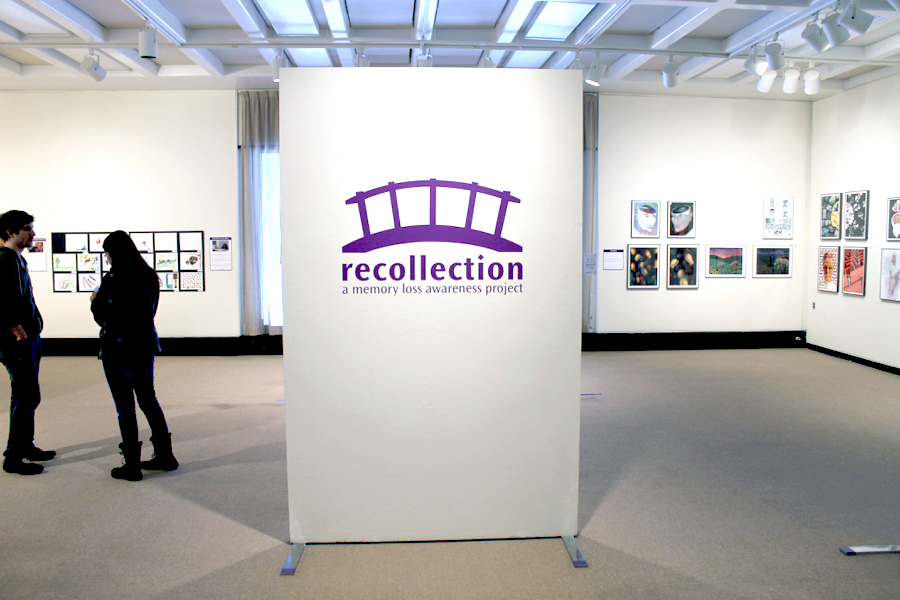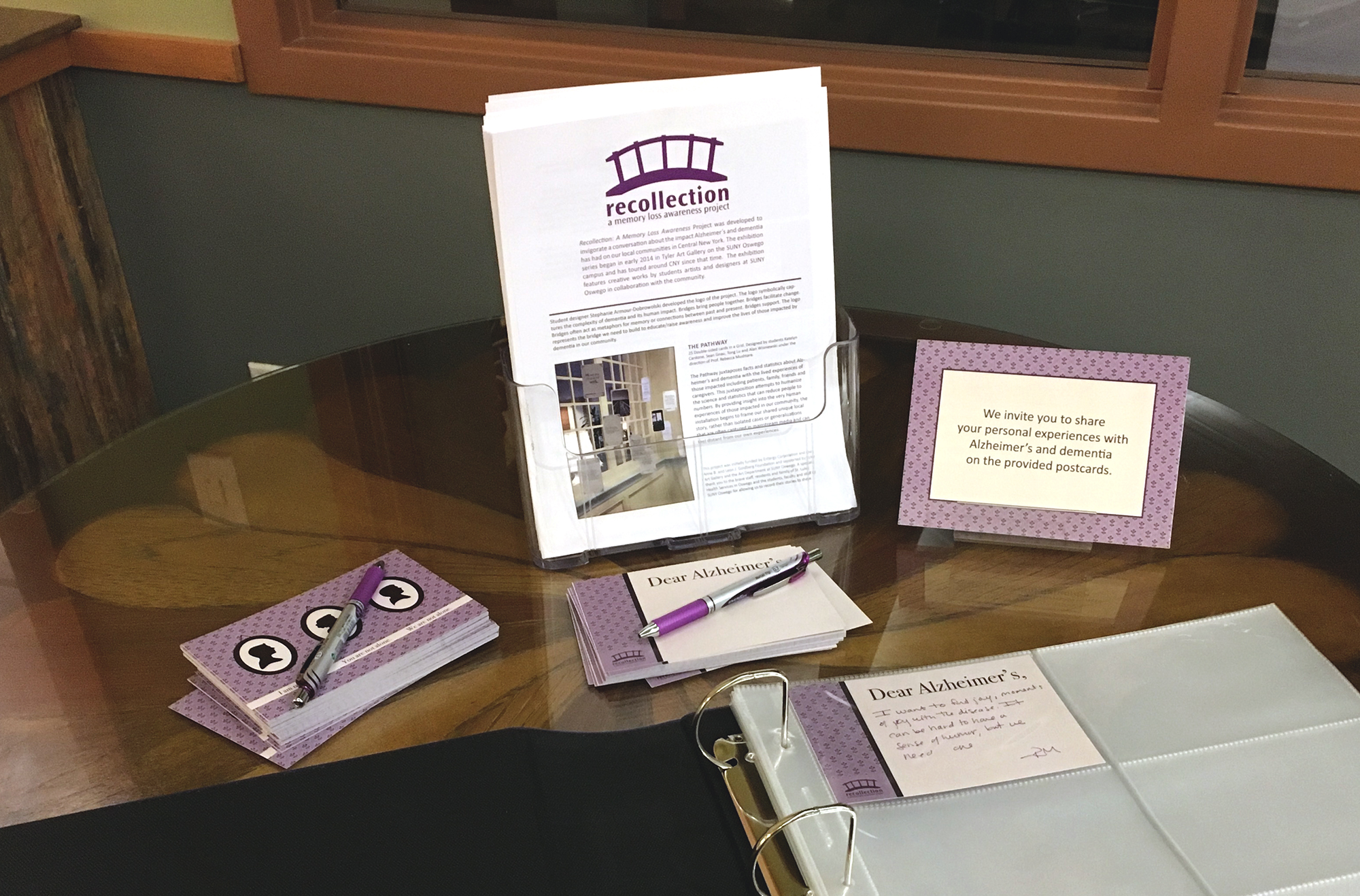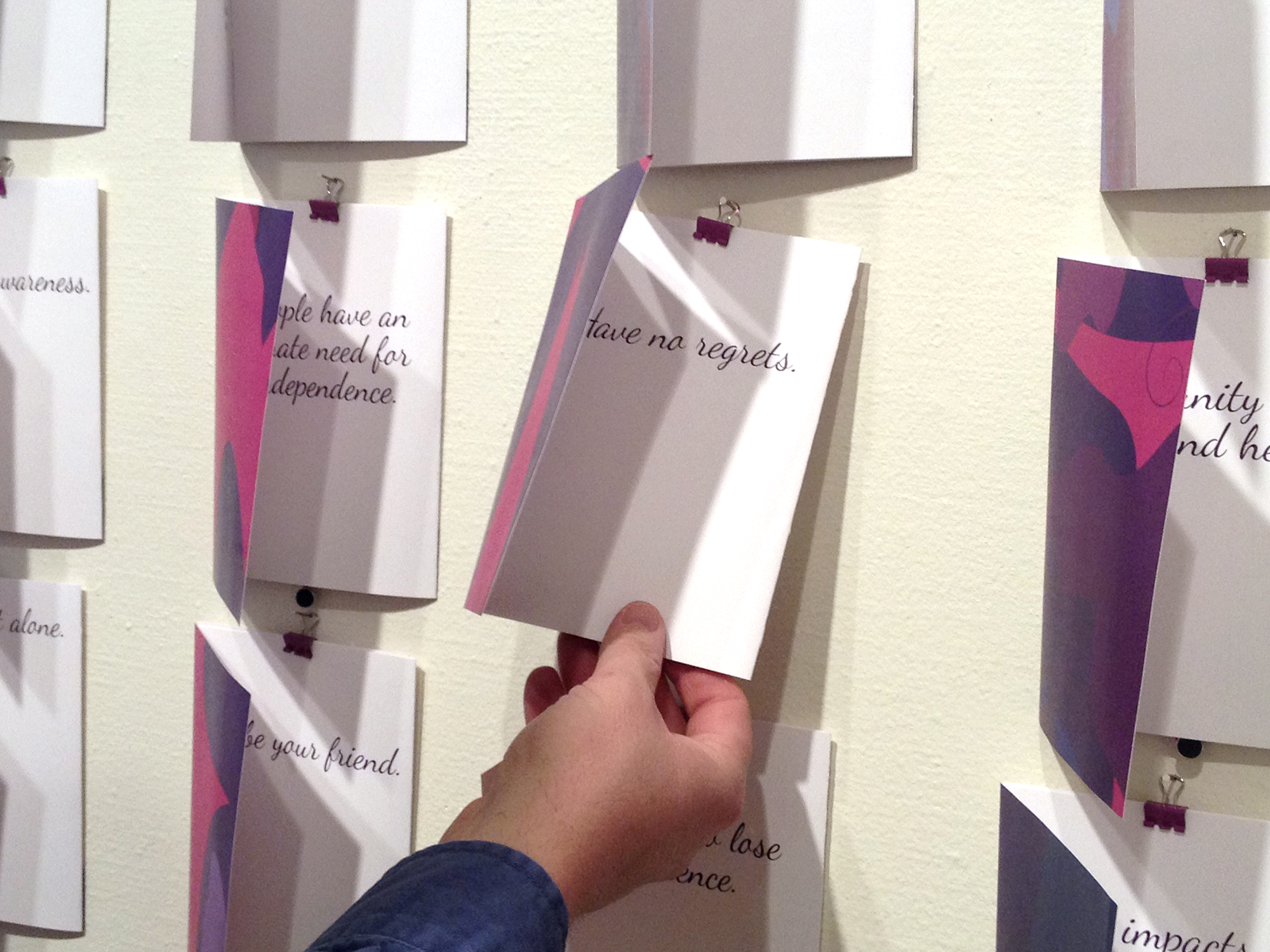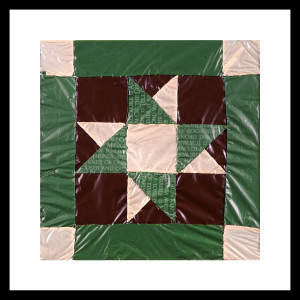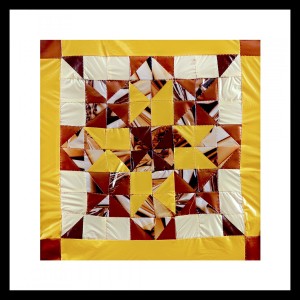The Polls Are Open is a simulation of voter suppression.
When approaching the voting booth, visitors will see a two physical buttons (a yes and a no button) and computer screen with a question and graphs. The question on the screen asks the viewer to vote on whether or not they should have the right to vote in local, regional and national elections.
If the viewer chooses to vote no, the vote is immediately recorded and reflected in the graphs on the screen. It is likely that most viewers will not want to vote this way, however, to see what will happen, some will.
If a viewer votes yes, they will be alerted, on screen, that for the vote to be recorded the participant will need to visit a particular URL and use the provided access code. At this moment the viewer has a choice (1) abandon voting or (2)log onto the website provided on their mobile device or, later, on their home computer. If the participant chooses the second option and logs onto the site, they will be asked for their email address (to verify they have not previously voted — a privacy statement will be on the site indicating that the email address will only be used for this purpose) and the access code provided. If the participant attempts to vote during the designated (but not posted) hours their vote will be recorded and they will be provided with a url to see progress on the vote. If the participant attempts to vote during non-voting hours the participant will be alerted that her vote cannot be recorded because of the time and will be asked to try again when the polls are open (the poll times will be provided in the alert). To vote yes will require participants to overcome the following hurdles: access to the internet (i.e., access to the poll site), limited polling hours, and a valid email address and access code (voter id).
In addition to the voting question, participants will see the following on the screen in the voting booth: (1) how many yes and no votes have been cast and recorded; (2) a comparison of how many yes vote attempts have been made in comparison to how many have been completed; and (3) how many votes have been cast in comparison to exhibition attendance (that is, if this information can be made available, which would require gallery staff to enter attendance for the day or week via a simple web form).
While installed during the 2017 Give Us The Vote exhibition at ArtsWestchester, 715 people interacted with the voting system and attempted to cast a vote. 31% of votes cast were “no” votes. 69% of participants attempted to cast a “yes” vote, but only 2.25% of those attempts were actually cast (because few individuals were able to overcome voter suppression techniques implemented).
